Karen Kaivola, Stetson University
Vol. 18, No. 2 (Fall 1999), 235-261.
This article on Woolf’s representations of androgyny undertakes the challenge posed by Kari Weil’s Androgyny and the Denial of Difference (1992) to theorize androgyny as one intermixed figure among others, linking the cultural work androgyny performs through gender to that performed by tropes of racial hybridity, hermaphroditism, and sexual inversion. The analysis is historicized through contextualization in the political development of liberal constitutionalism (and the reconceptualization of the individual that was one of its effects) and in turn-of-the-century anxiety over intermediate or impure forms of identity, fears that were fed by the convergence of nationalism and scientific rationalism. This major reassessment of androgyny in Woolf’s texts concludes with a sophisticated reapplication of Wendy Brown’s concept of a “(fictional) egalitarian imaginary” to Woolf’s representations of “intermixed” identities.
